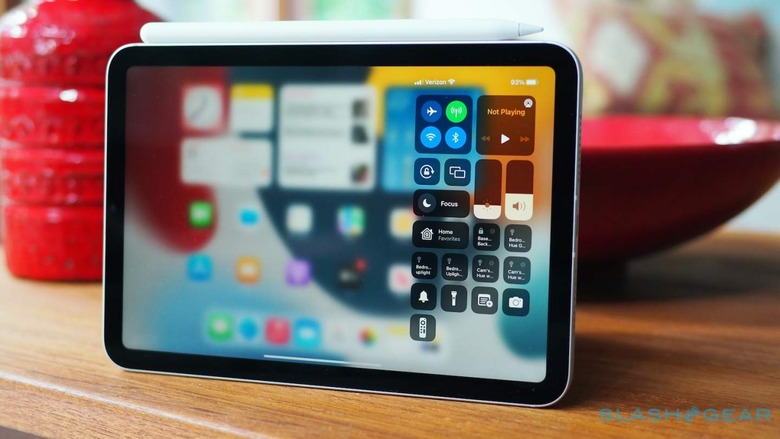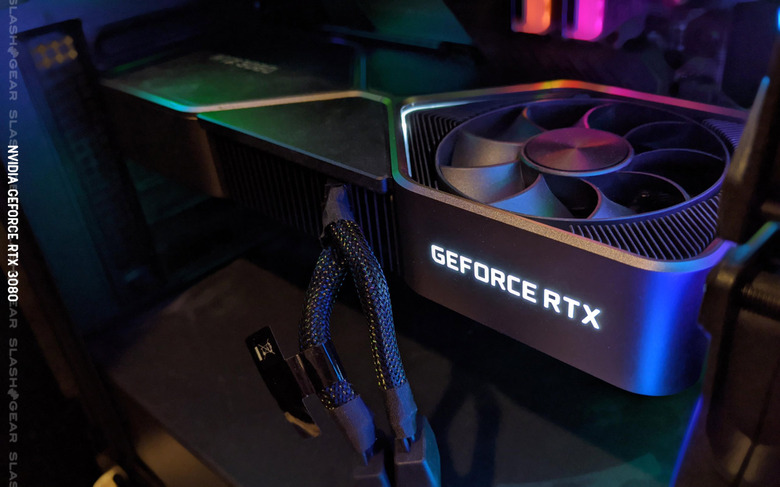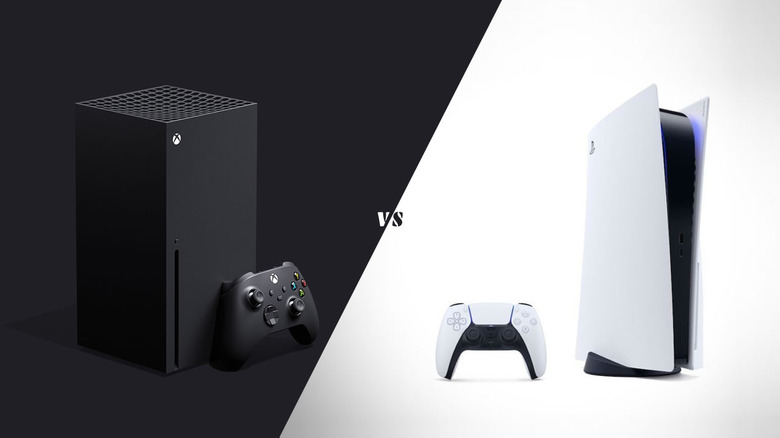iPhone 13 Shortage Prompts Drastic Apple Fix Insiders Claim
As many of us are already aware, Apple launched the iPhone 13 lineup toward the end of September. There were a lot of questions surrounding this launch, in large part because we're currently in the middle of a global semiconductor shortage that has put the squeeze on nearly every company that manufactures consumer electronic devices. Apple, however, apparently had a contingency plan in place should the shortage affect iPhone production: just borrow the components needed from iPads.
Part iPhone, part iPad
That's according to Nikkei Asia, which spoke to "multiple sources" who say that Apple is borrowing hardware from iPads to help bolster production on the iPhone 13 product lineup. While the two devices aren't exactly the same (obviously), they're close enough that the iPad and iPhone 13 share key hardware. For instance, both the iPad mini and the iPhone 13 lineup use Apple's A15 Bionic processor, and manufacturing those SoCs is something that's undoubtedly more difficult during the silicon shortage.

Of course, this isn't the perfect solution, as Nikkei reports that Apple's iPad production is down 50% over the past two months, which isn't great when more people are working from home and potentially looking to add more screens to their home office setups. Beyond that, being able to bolster iPhone with iPad parts can't curb lost revenue entirely, as last week, Apple chief Tim Cook said that supply shortages cost the company a whopping $6 billion in its most recent fiscal quarter.
It's not just iPads Apple is pulling from to keep iPhone 13 production going, as Nikkei's sources also say that parts for older iPhones are being used in iPhone 13 as well. Unfortunately, we don't get to know what those parts are, but if there's one point Nikkei's sources get across with these reports, it's that iPhone 13 is Apple's main area of focus right now – so much so that creating production shortfalls in other product lines is viewed as necessary.
That makes sense because, as Nikkei points out, this is prime time for iPhones right now. Sales typically peak in the months following an iPhone launch, so Apple pulling parts from other products to keep iPhone 13 production rolling is probably the smartest financial move it can make in the face of the silicon shortage.
Everyone is feeling the silicon squeeze
Apple is far from the only company feeling the effects of the silicon shortage at the moment. The drought is impacting nearly everyone in the consumer electronics space, perhaps most notably GPU and console makers. New GPUs from NVIDIA and AMD have been in short supply ever since they launched. The same is true for the Xbox Series X and PlayStation 5 – two consoles that remain hard to find nearly a year after their respective launches.

This shortage may not get better anytime soon, either. Not only have we lived with it through a portion of 2020 and all of 2021, but some executives estimate that we may not be in the clear until 2022 or even 2023. In July, Intel CEO Pat Gelsinger suggested that supply won't be able to completely catch up with demand for another one or two years, though he did say that he expects the shortages to bottom out sometime in the second half of this year.
In August, NVIDIA CEO Jensen Huang indicated something similar, saying he expected supply shortages to last for the "vast majority" of 2022. NVIDIA's RTX 30-series cards have been almost impossible to come by since they launched last year, with resellers who manage to obtain stock selling them for much more than their MSRP list price. In addition to that, the shortage has caused many manufacturers to raise base prices on GPUs, so even if you can find an in-stock RTX 30-series card, you likely aren't going to pay NVIDIA's MSRP for it.

While we usually expect new consoles to be popular products, especially around the holidays, the silicon shortage is making that worse too. Sony and Microsoft seem to be selling their new consoles, the PS5 and Xbox Series X, respectively, as fast as they can make them, and with no signs of the shortage easing in any significant way, that doesn't seem to be likely to change anytime soon.
So, Apple certainly isn't alone in feeling the squeeze of the silicon shortage. It'll be interesting to see how the matter changes – if it does at all – by the time Apple announces its new iPhones next year. While the shortage may have eased somewhat, these consumer electronics CEOs apparently don't think we'll be in the clear by then, so Apple may have another peak iPhone season of shifting components around to look forward to next year.
